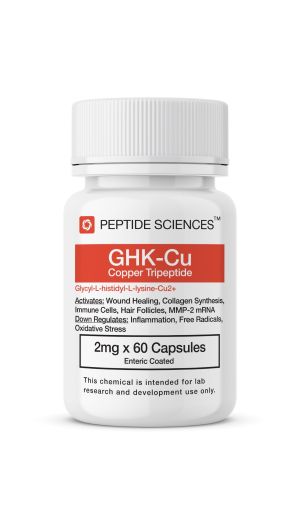Seth Walsh

The man in the mirror is my only threat
Contributor
- Joined
- Jan 12, 2020
- Posts
- 7,549
- Reputation
- 13,633
The benefits of GHK-Cu (Glycyl-L-histidyl-L-lysine-copper) for facial cosmetics have been extensively studied. Here are the key findings from various research papers:
- GHK-Cu significantly increases collagen and elastin production, reducing facial wrinkle volume and depth. It achieves this by altering gene expression of metalloproteinases (MMPs) and tissue inhibitors of metalloproteinases (TIMPs) in human adult dermal fibroblasts (Badenhorst et al., 2016).
- GHK-Cu has various positive biological effects on aging skin, such as improving wound healing and tissue regeneration, stimulating collagen production, and possessing DNA repair, antioxidant, and anti-inflammatory effects (Pickart, Vasquez-Soltero, & Margolina, 2015).
- It exhibits potent anti-cancer properties and supports skin regeneration by improving wound contraction, epithelization, and increasing the production of growth factors and activity of antioxidant enzymes (Pickart & Margolina, 2018).
- Microneedle-mediated delivery of GHK-Cu enhances skin penetration, making it effective and safe for skin permeation and potentially useful for delivering similar peptides or minerals through skin (Li et al., 2015).
- GHK-Cu encapsulated in liposomes accelerates wound healing in mice by promoting cell proliferation and angiogenesis (Wang et al., 2017).
- Liposome formulations of GHK-Cu enhance collagen synthesis and provide benefits for cosmetic applications due to their structure and lipid composition, which allows for prolonged activity in skin (Erdem & Turkoğlu, 2010).
- GHK-Cu may prevent oxidative stress in skin by regulating copper levels and modifying the expression of numerous antioxidant genes (Pickart, Vasquez-Soltero, & Margolina, 2015).
- It functions as a natural modulator of multiple cellular pathways in skin regeneration, stimulating both synthesis and breakdown of collagen and glycosaminoglycans (Pickart, Vasquez-Soltero, & Margolina, 2015).


